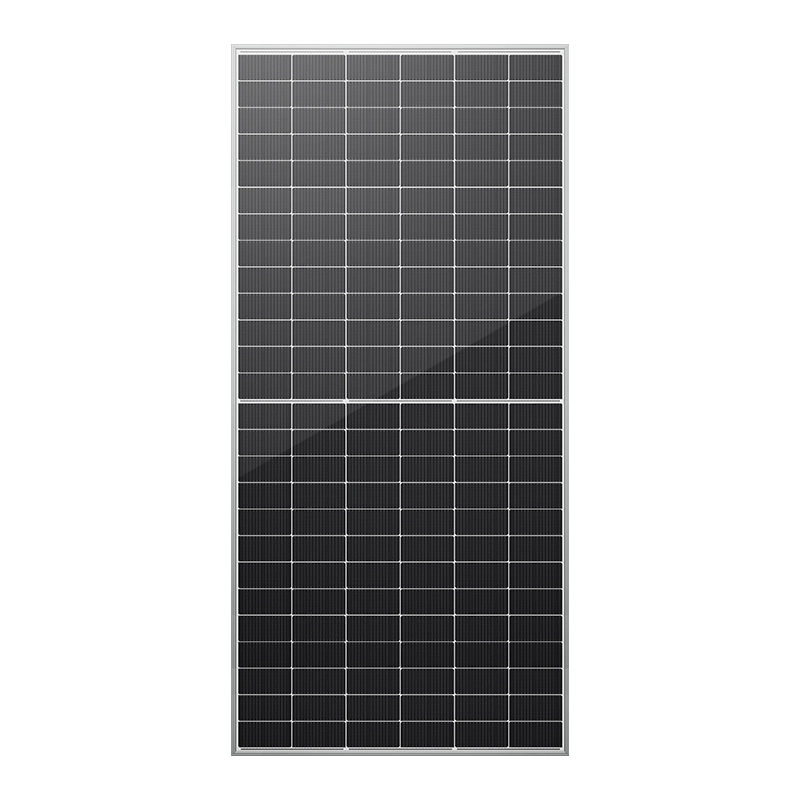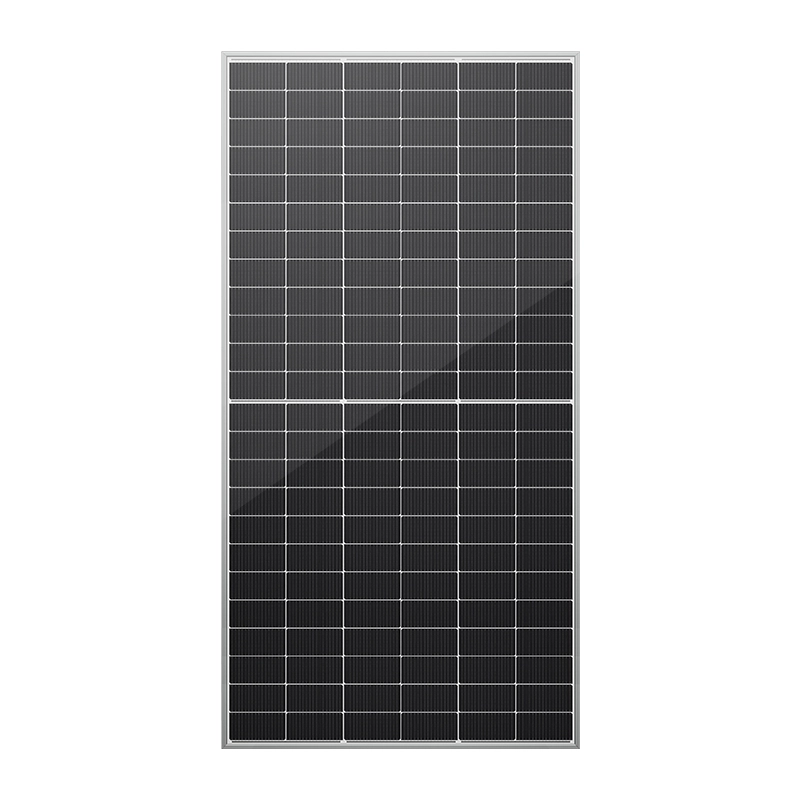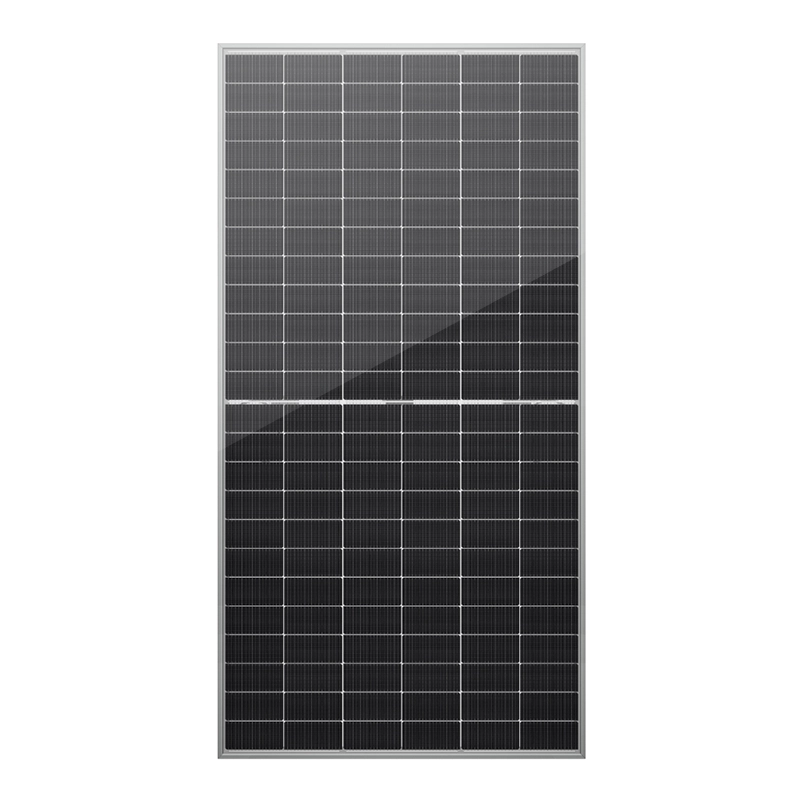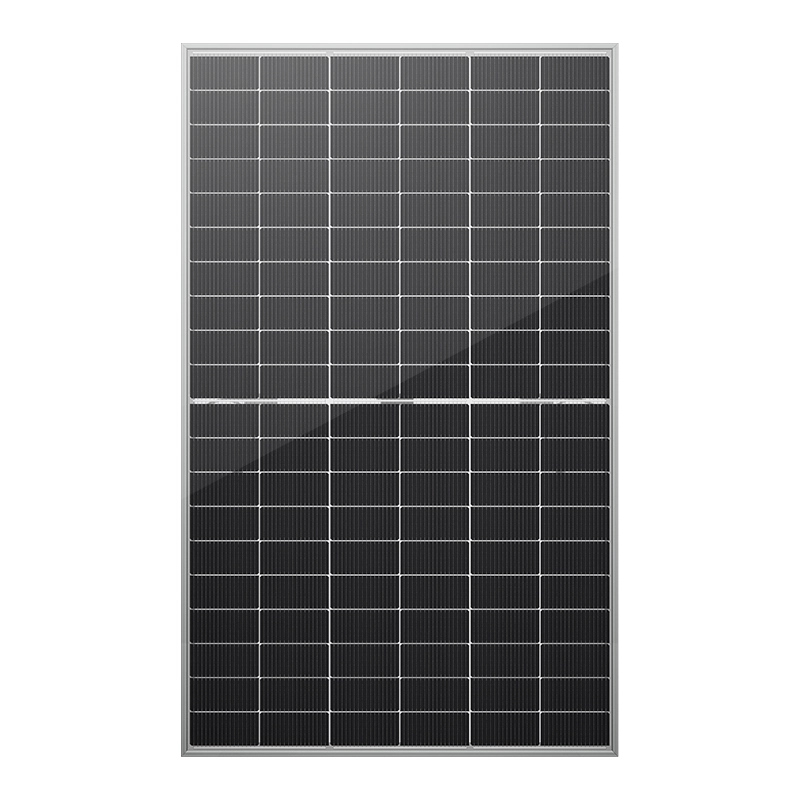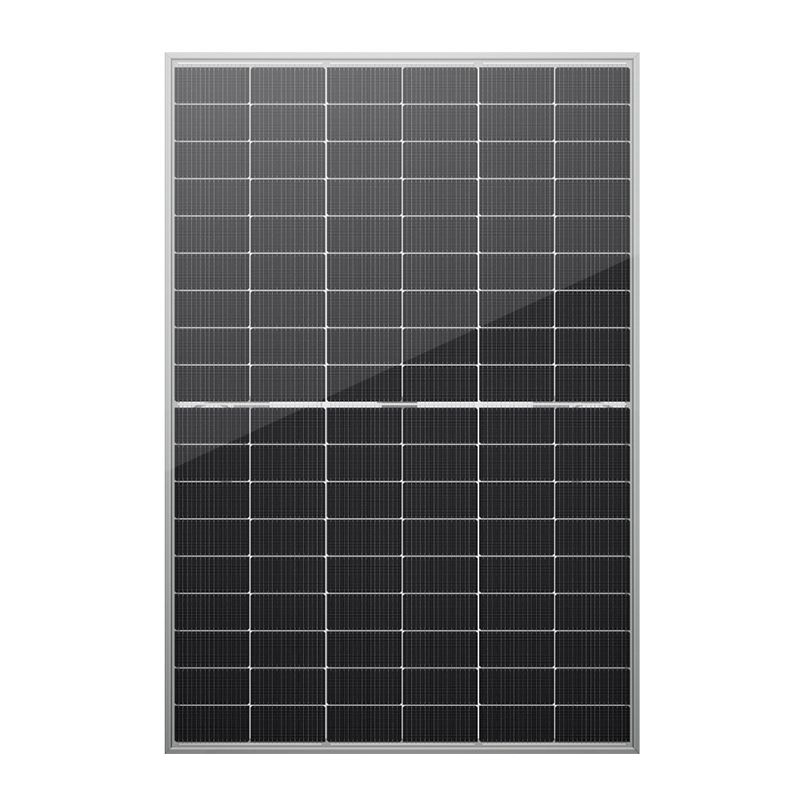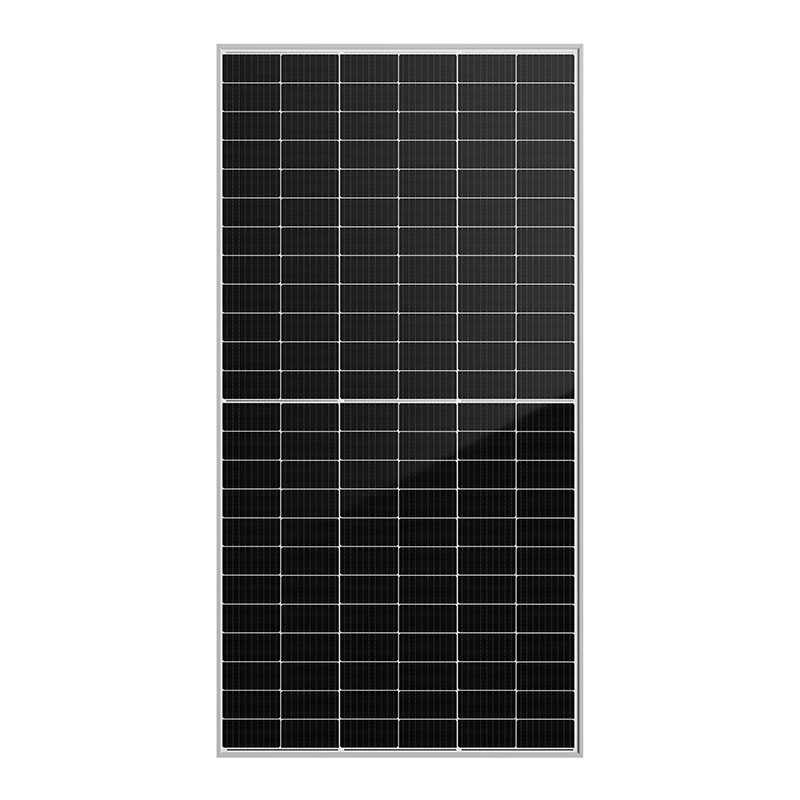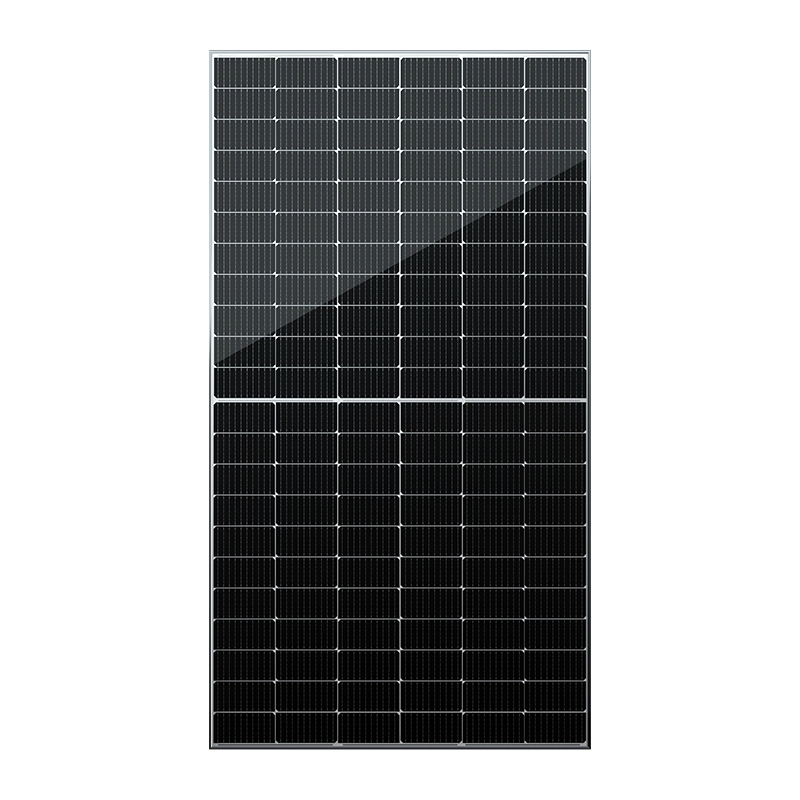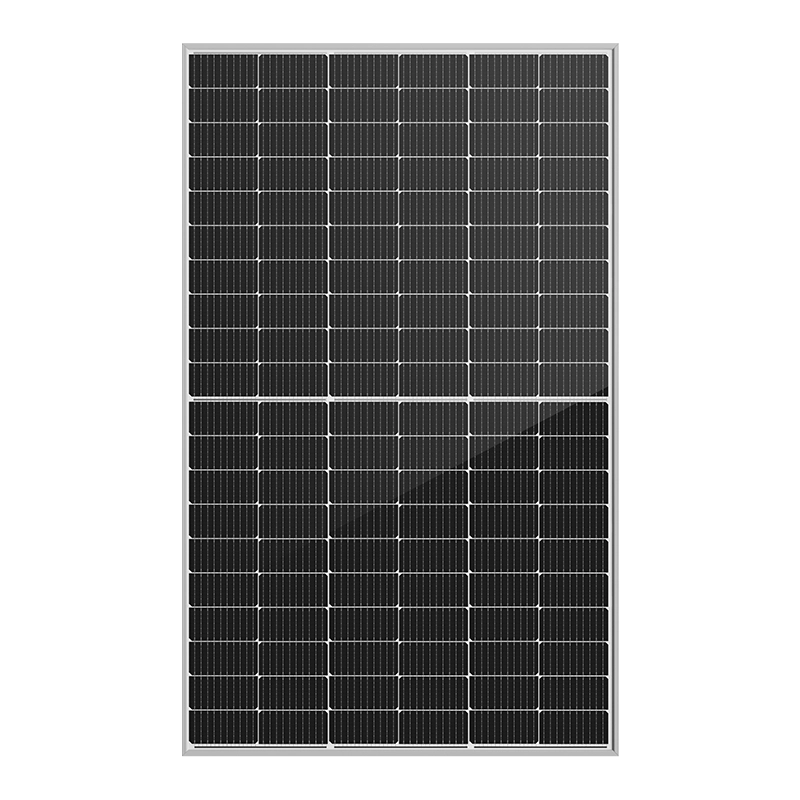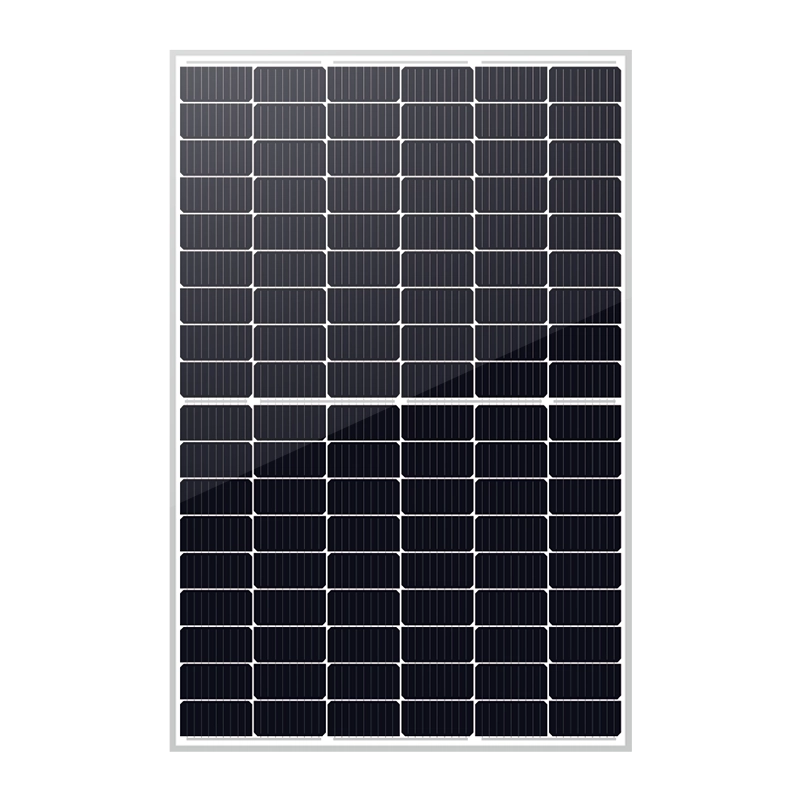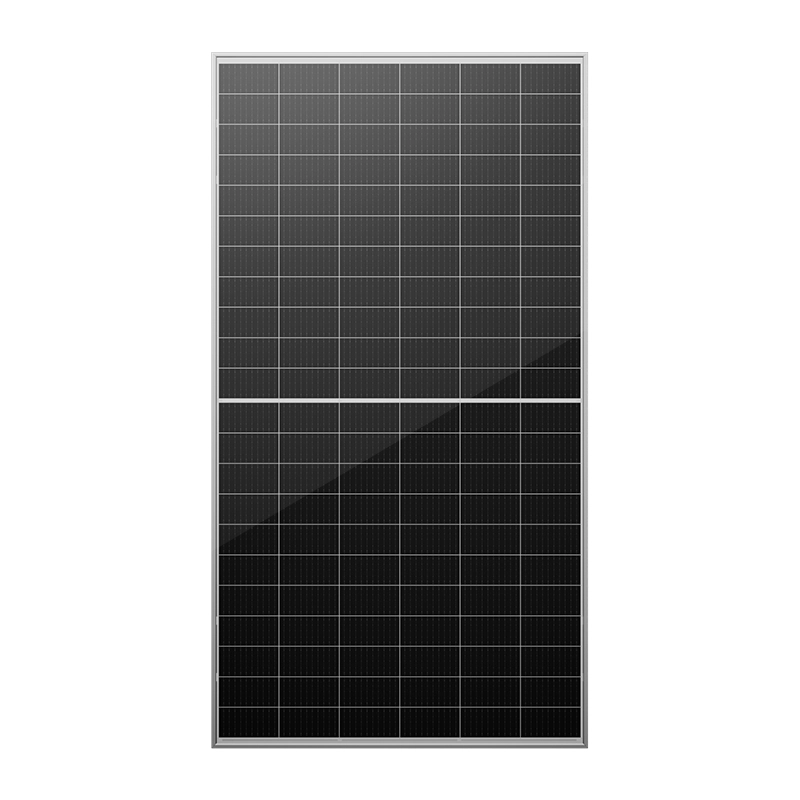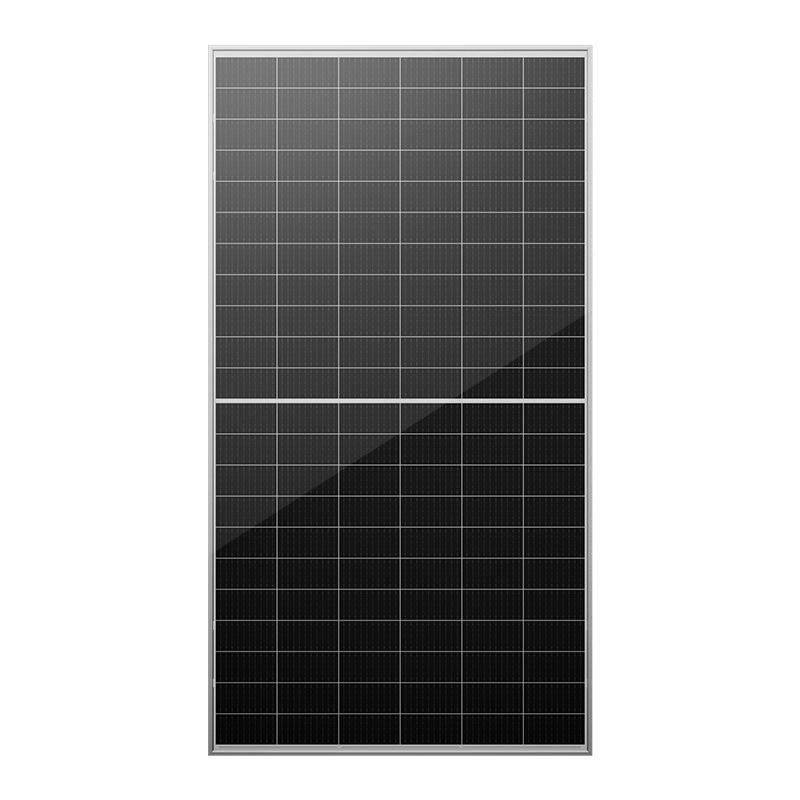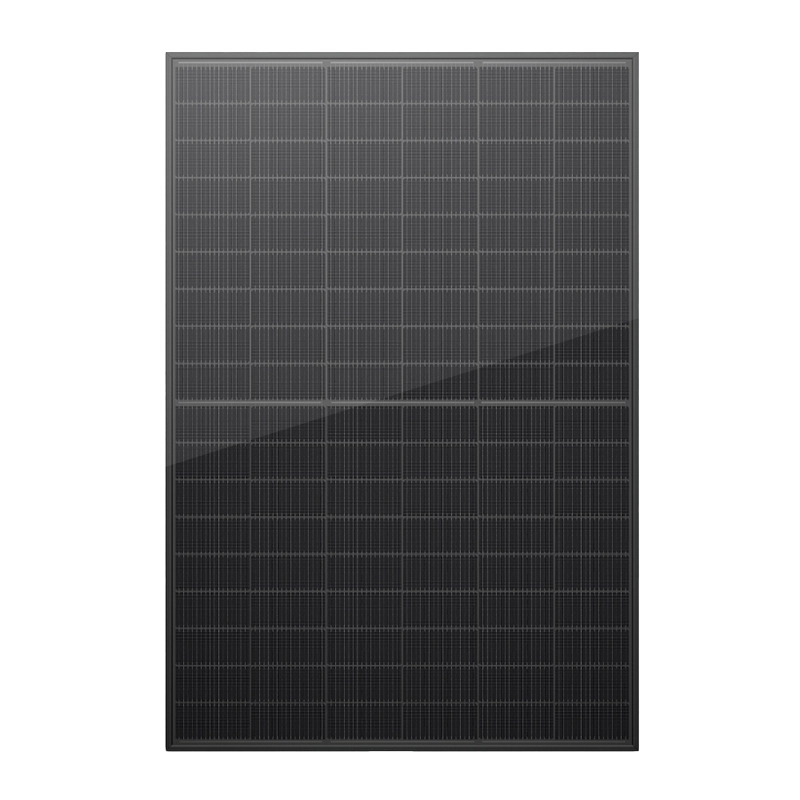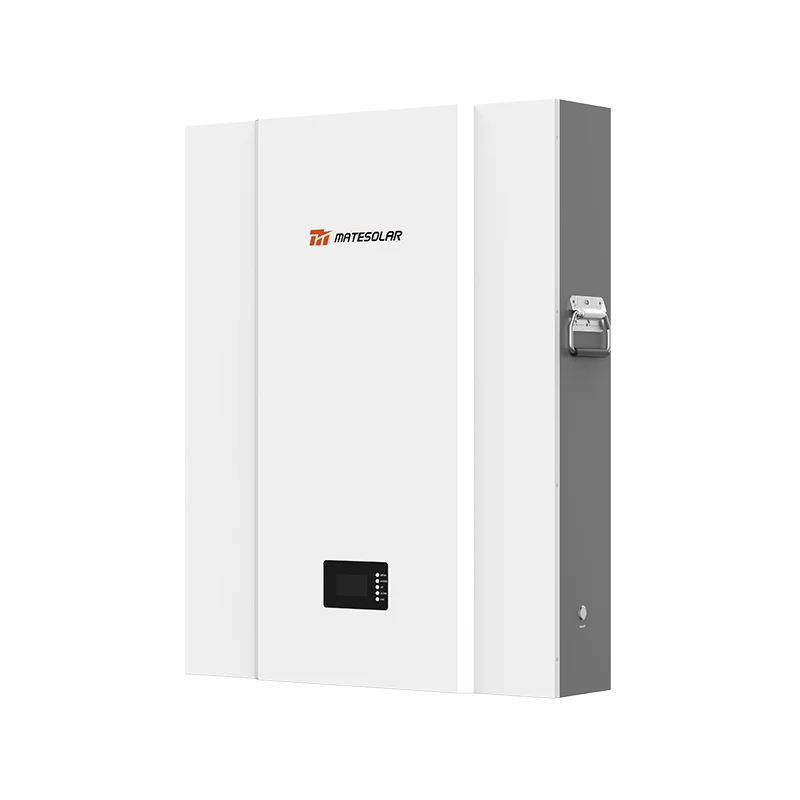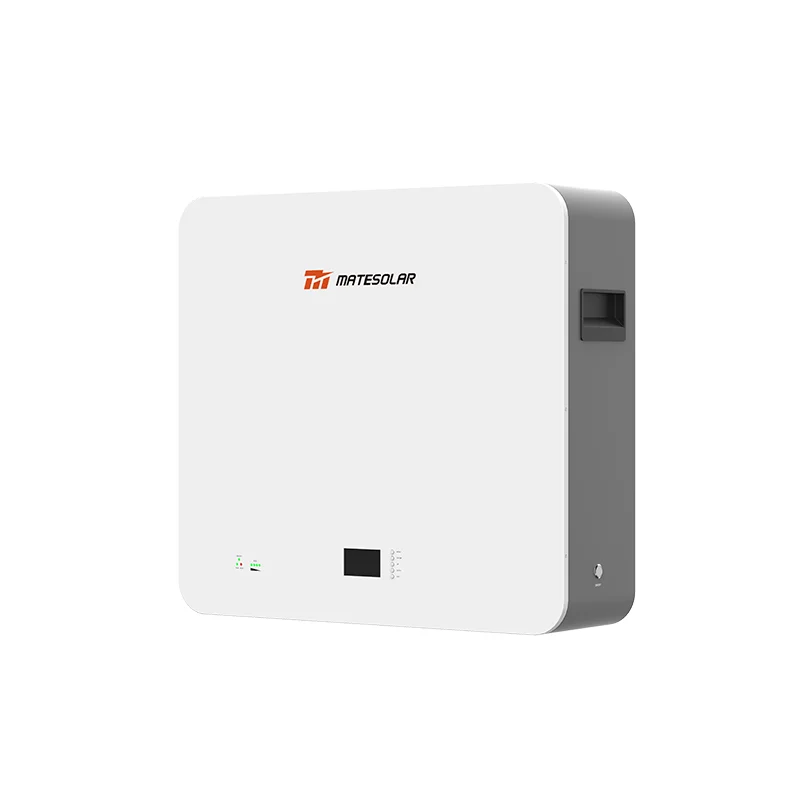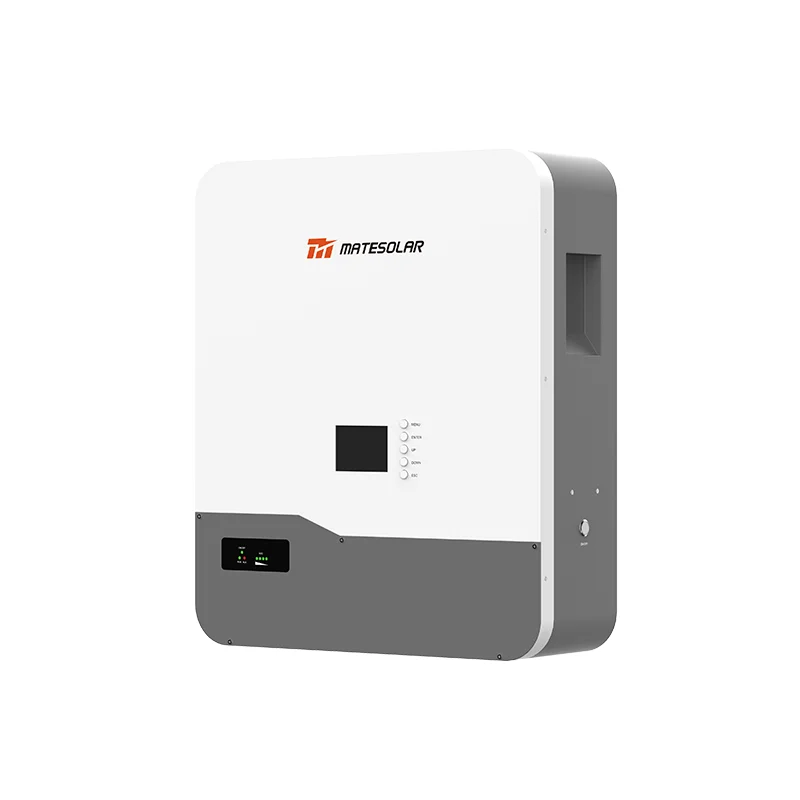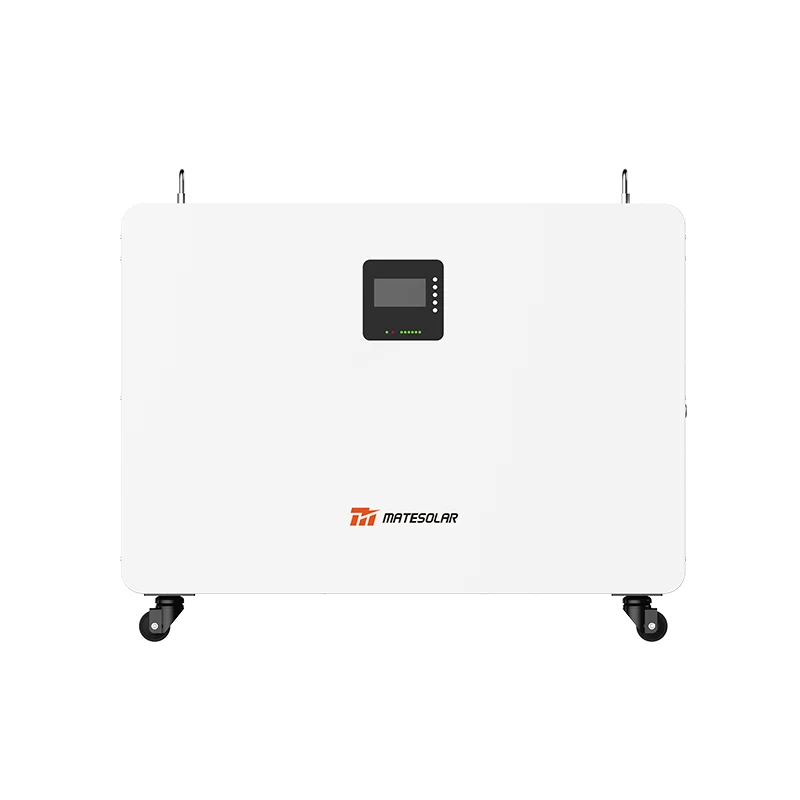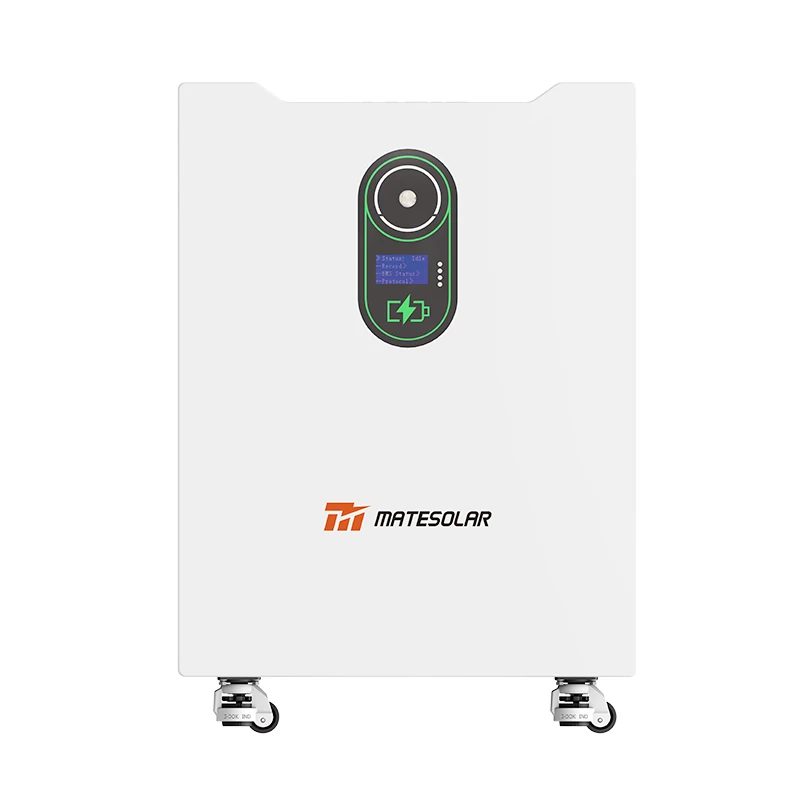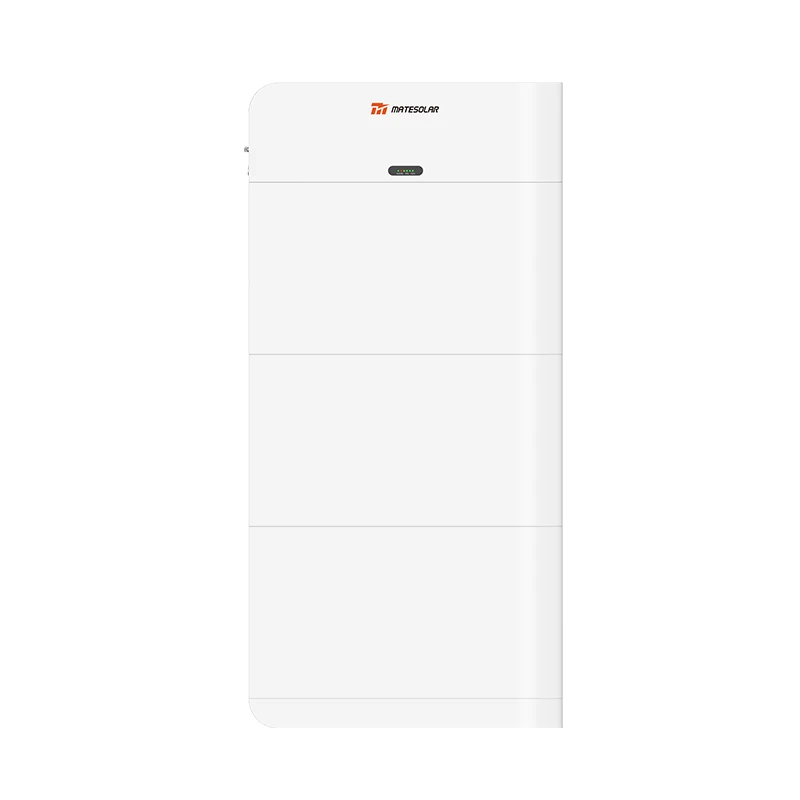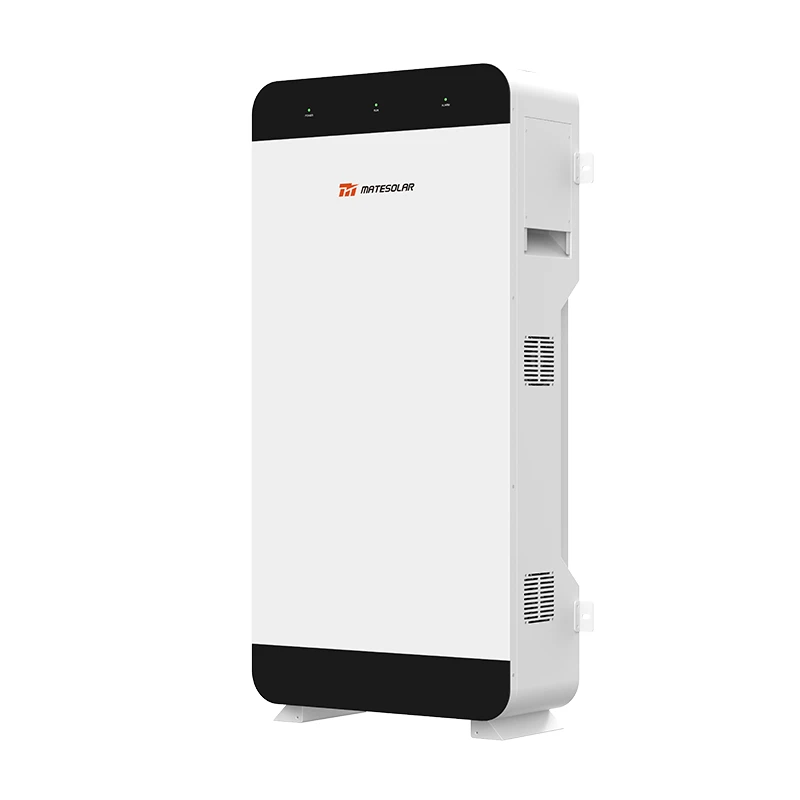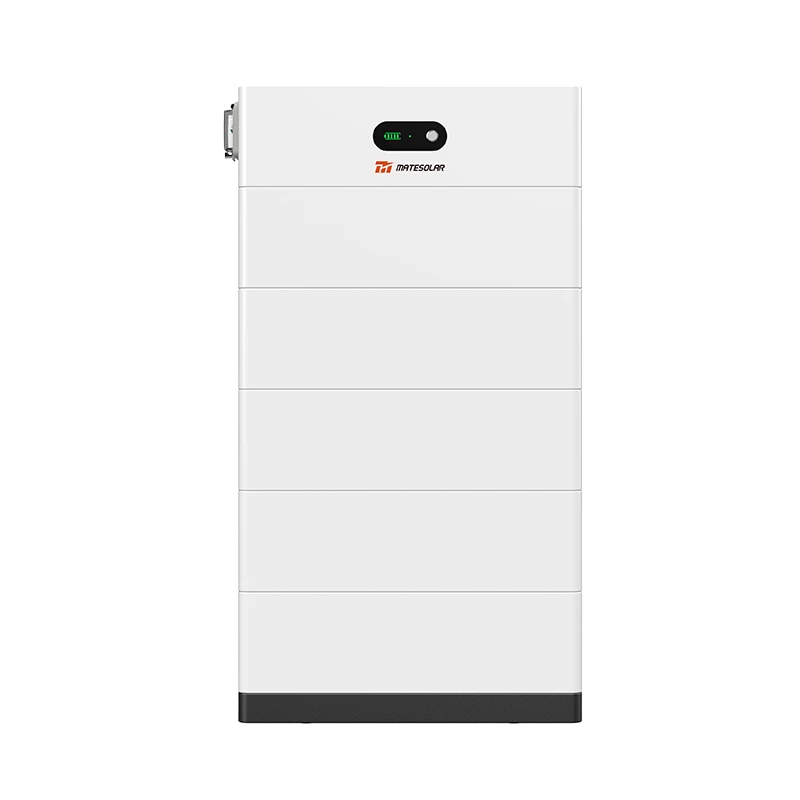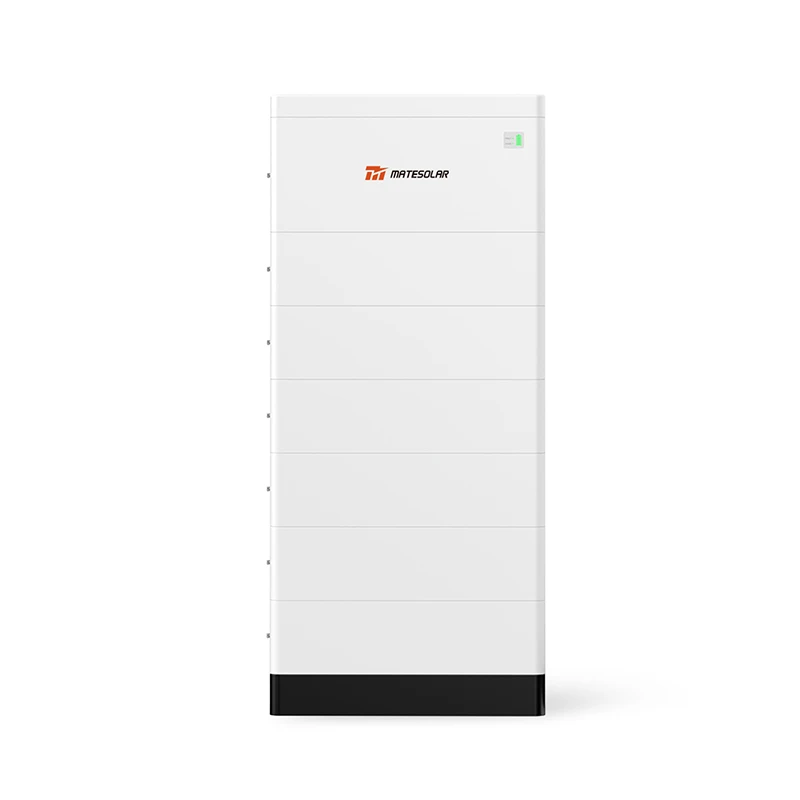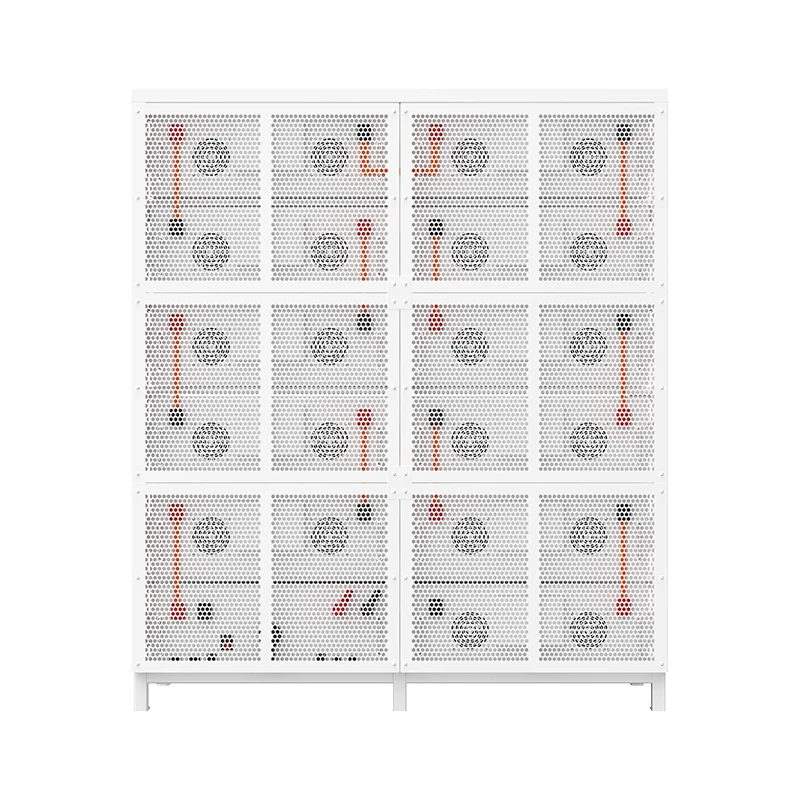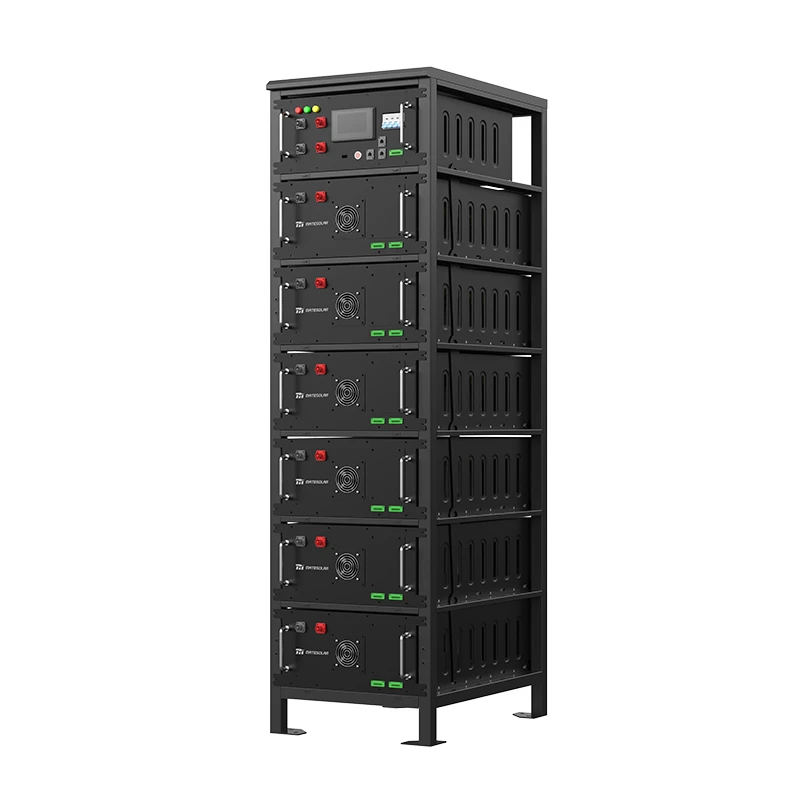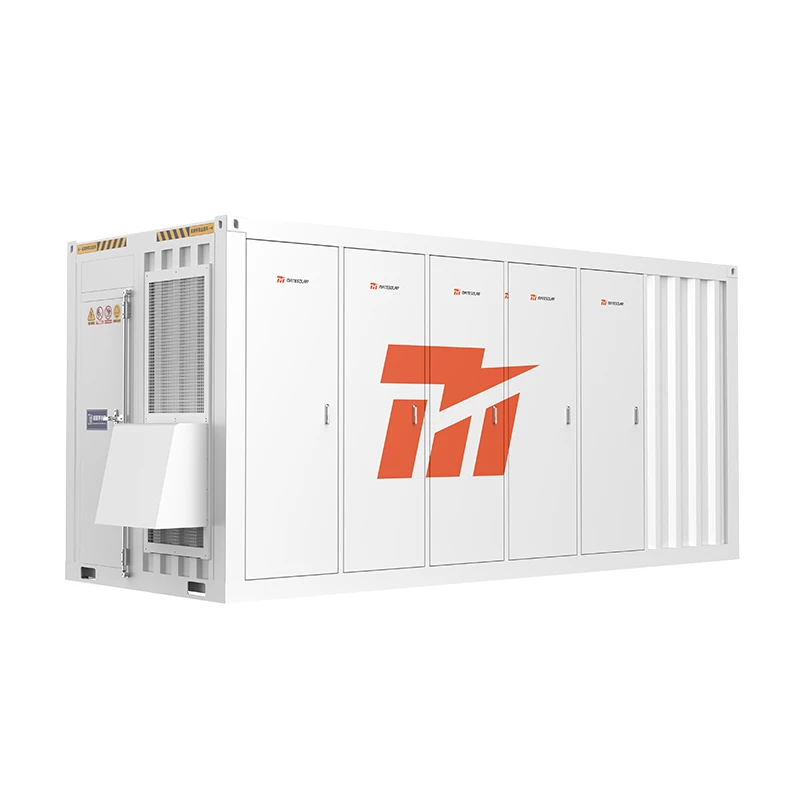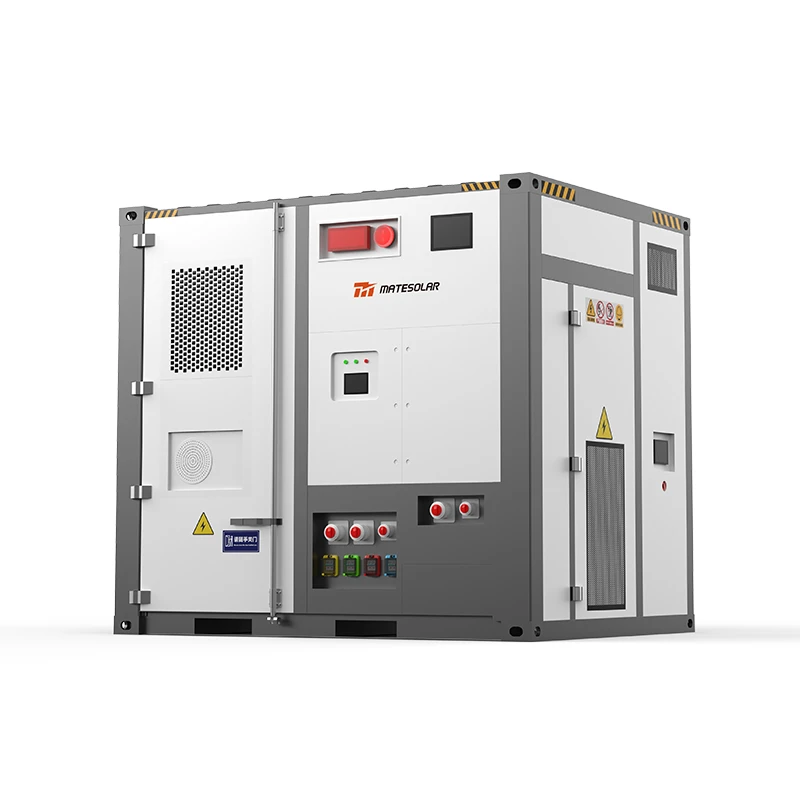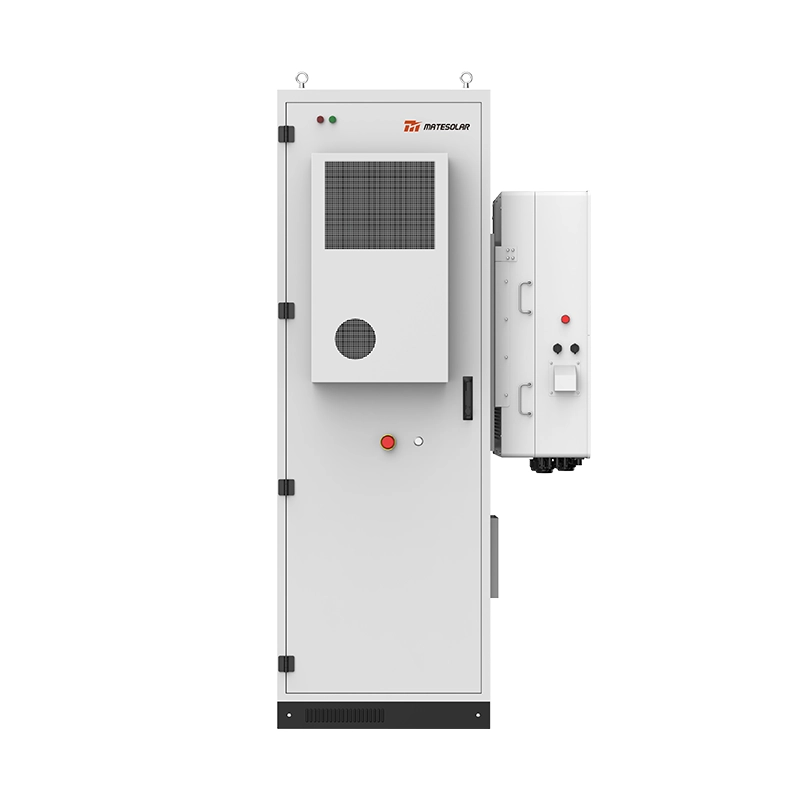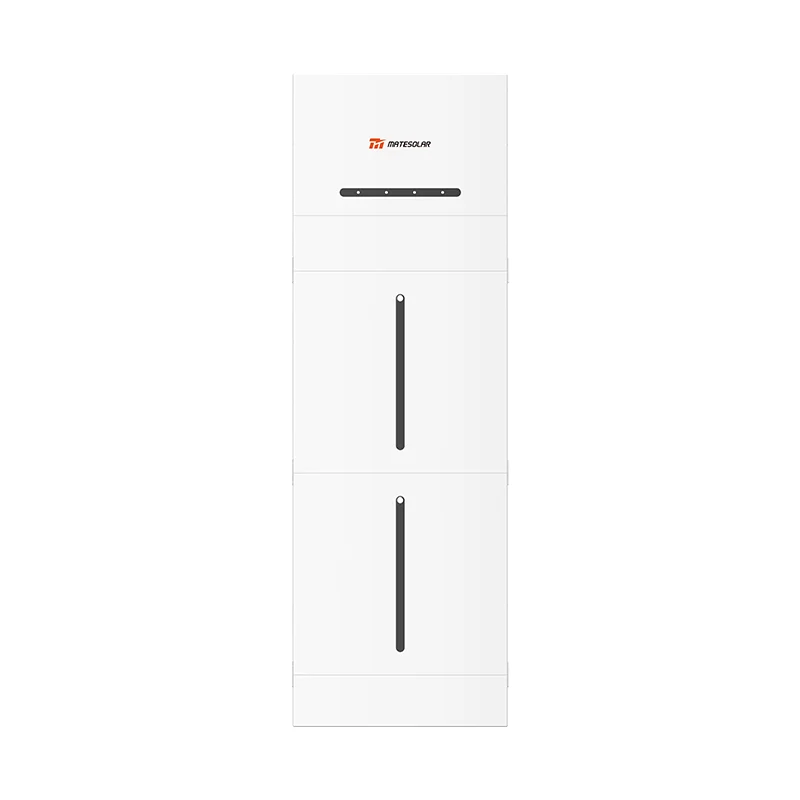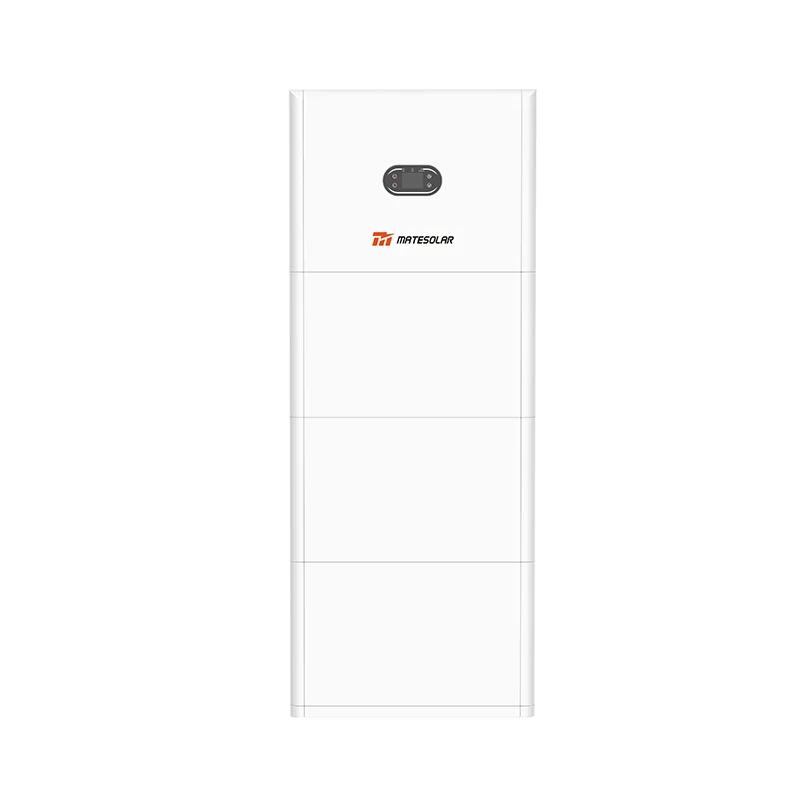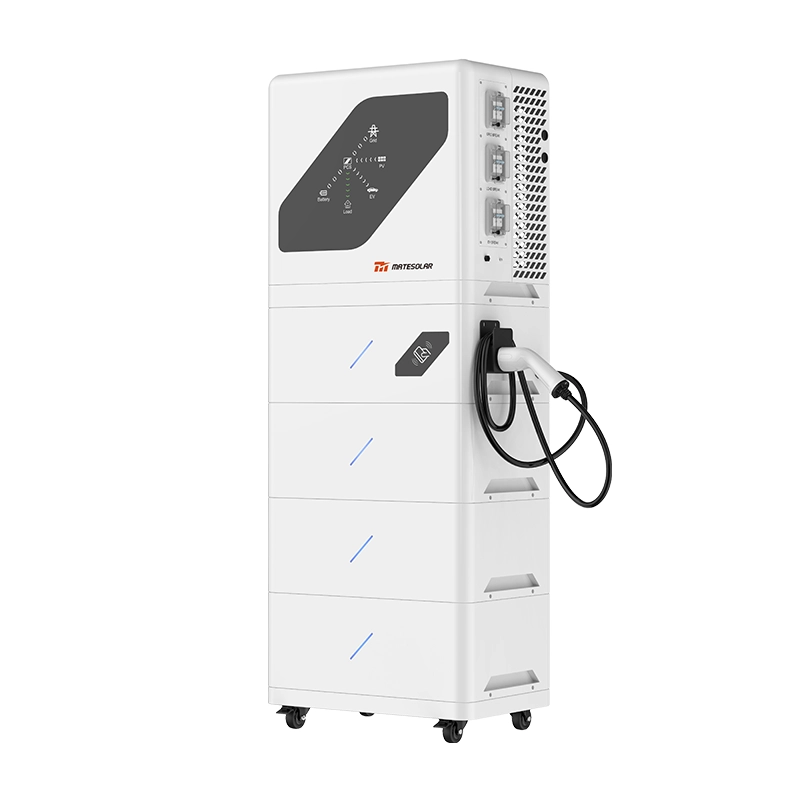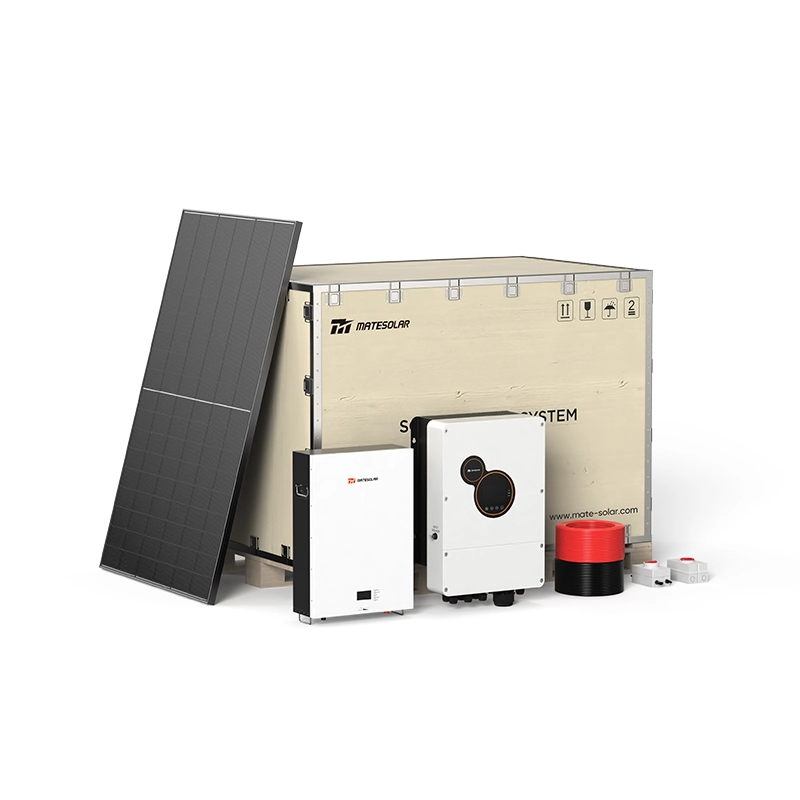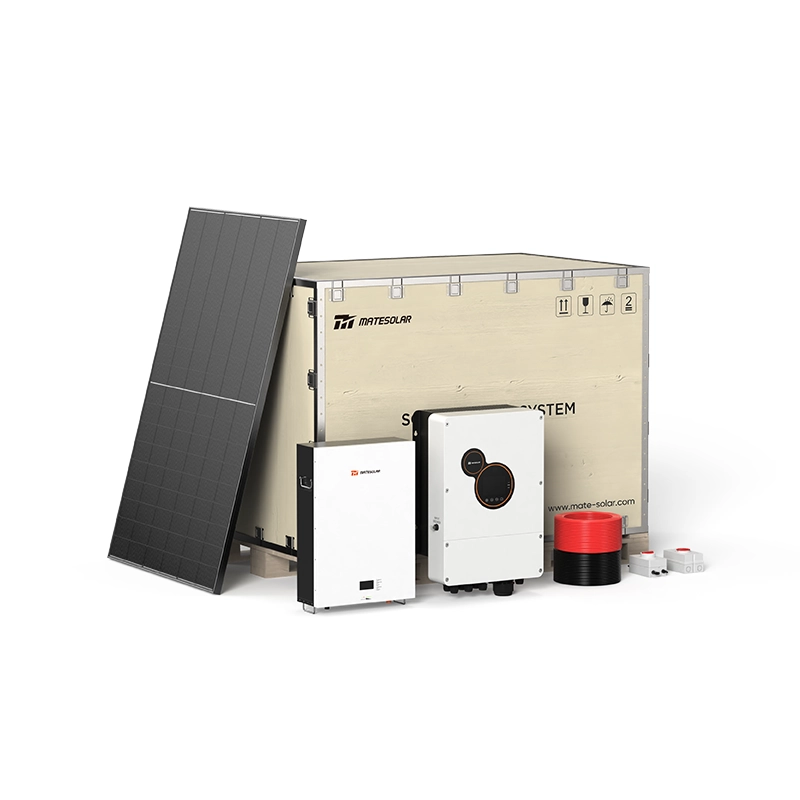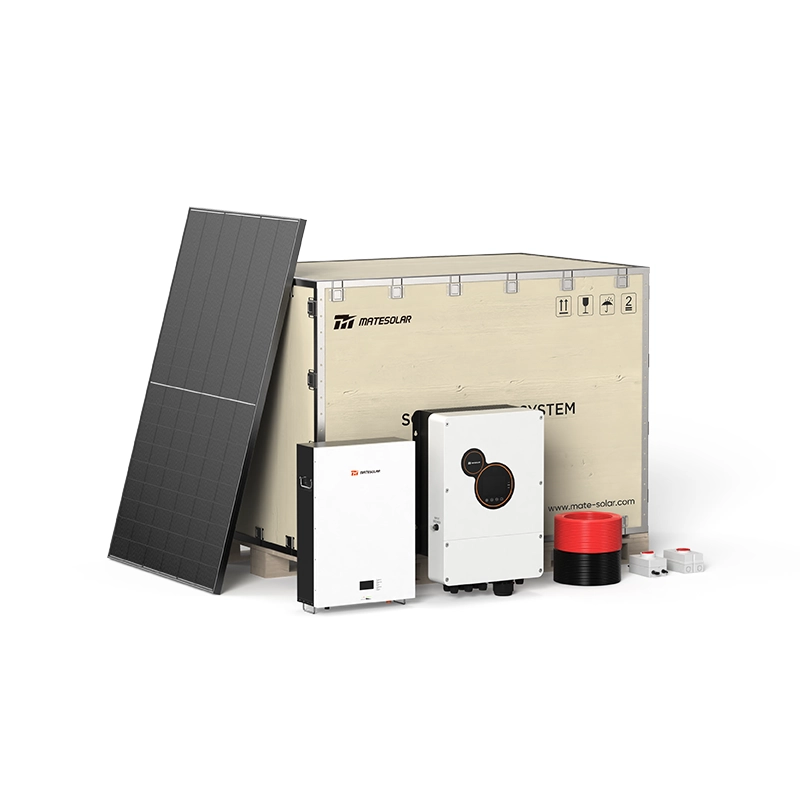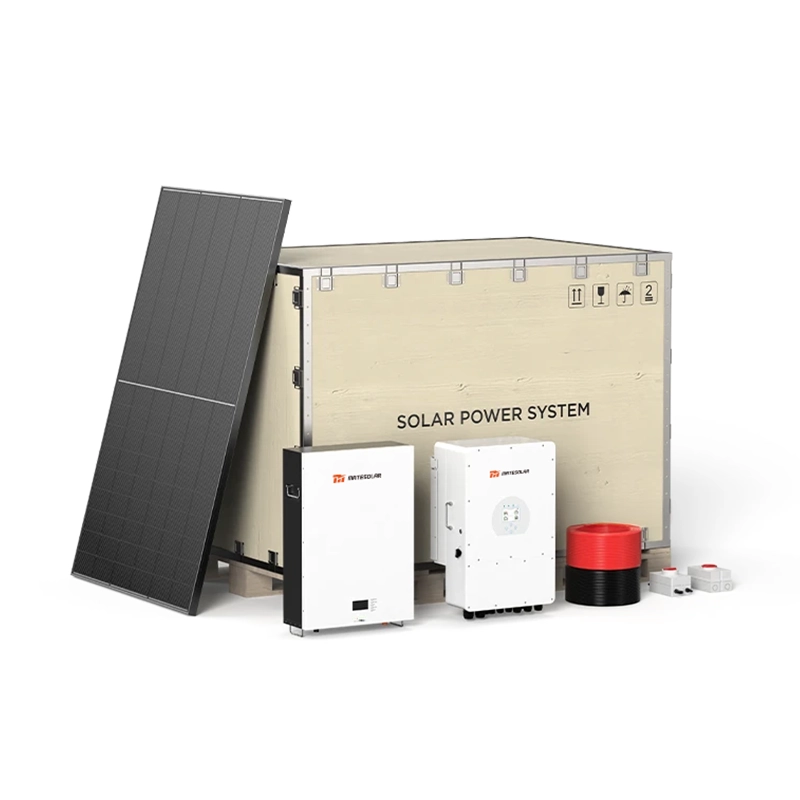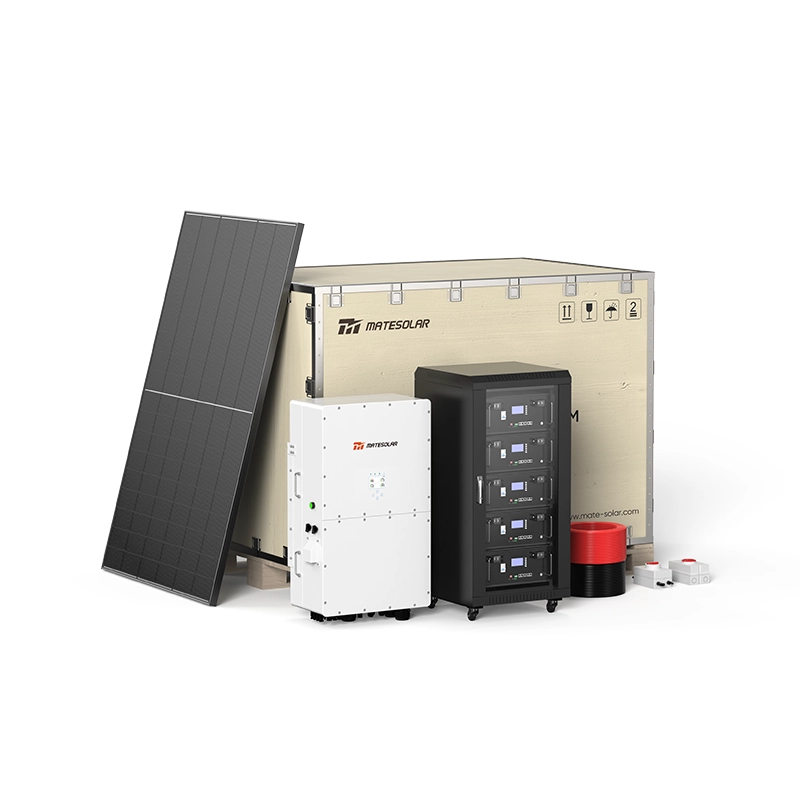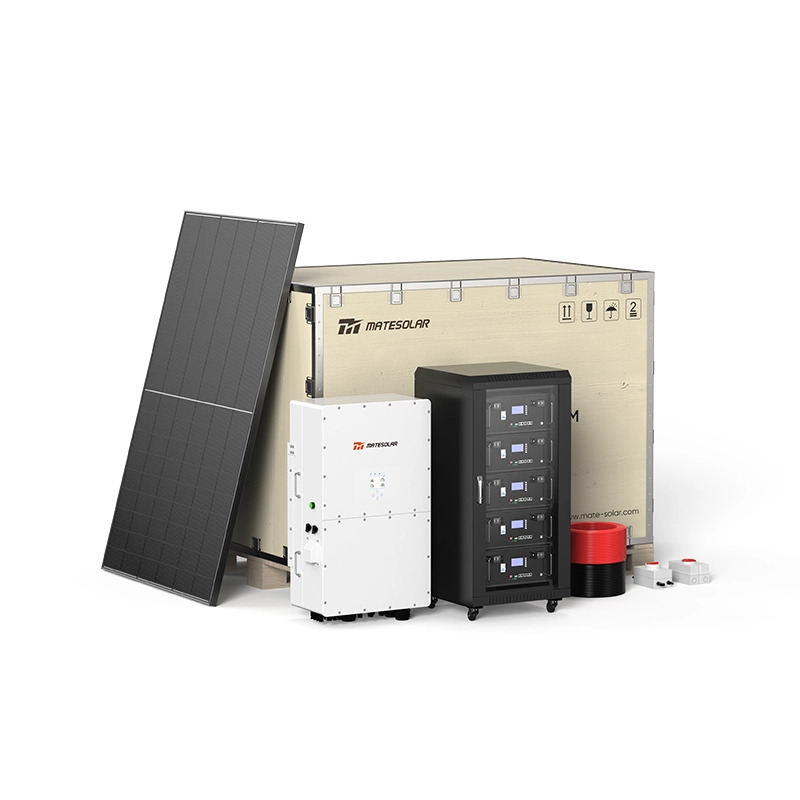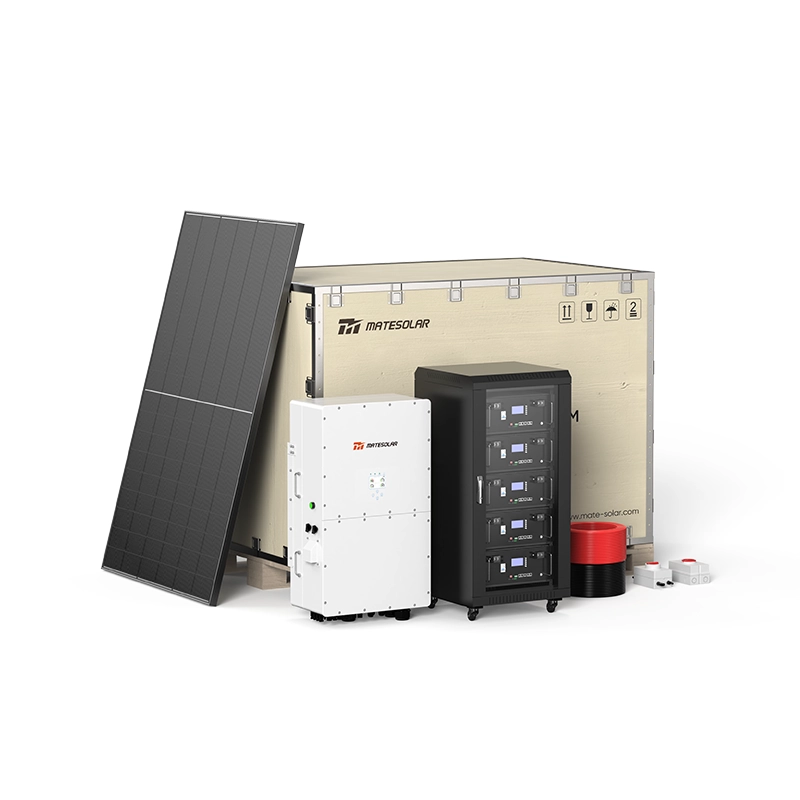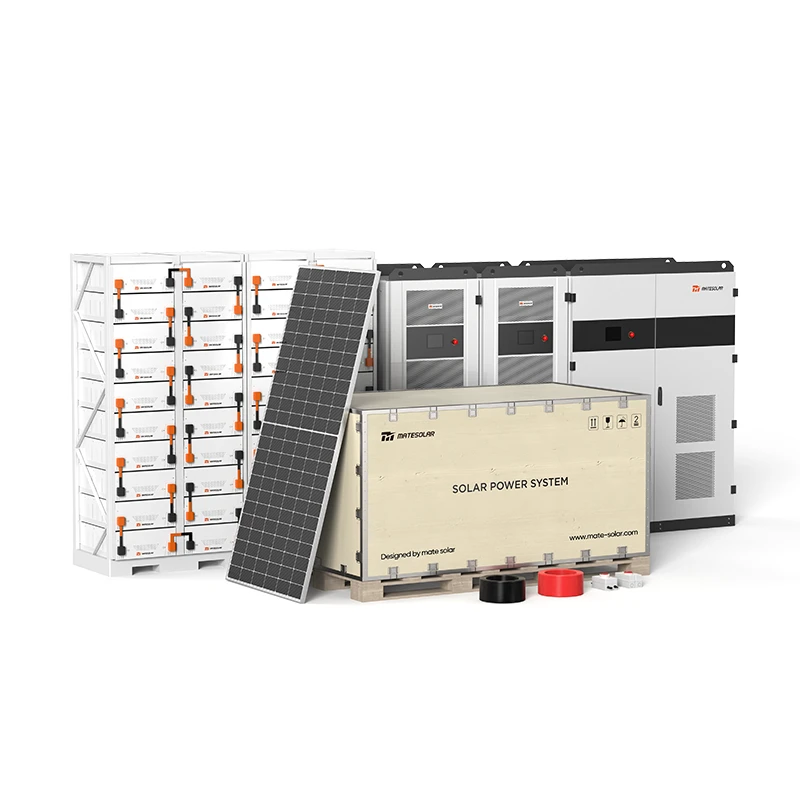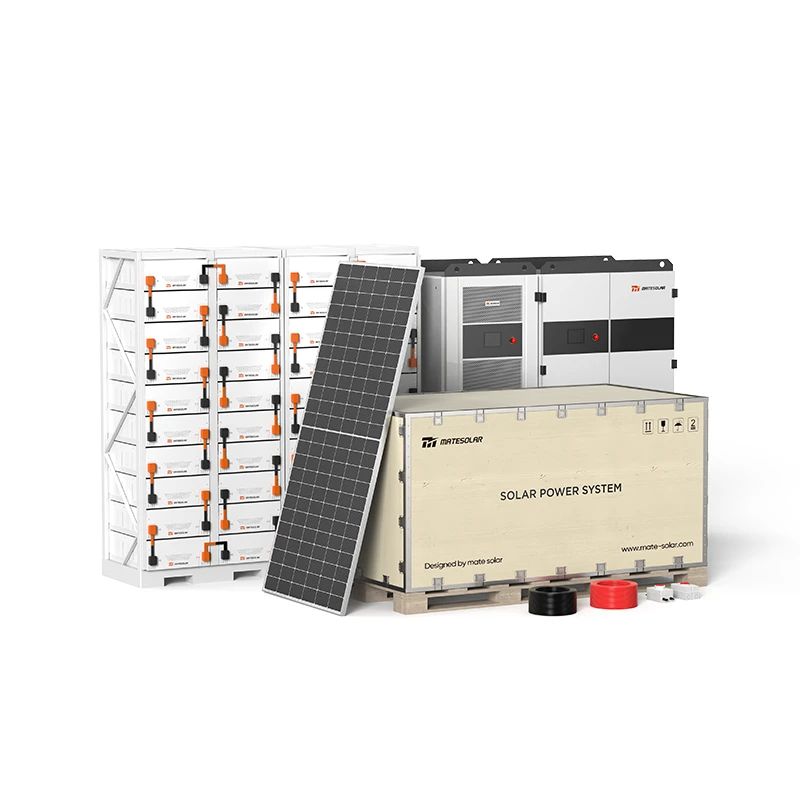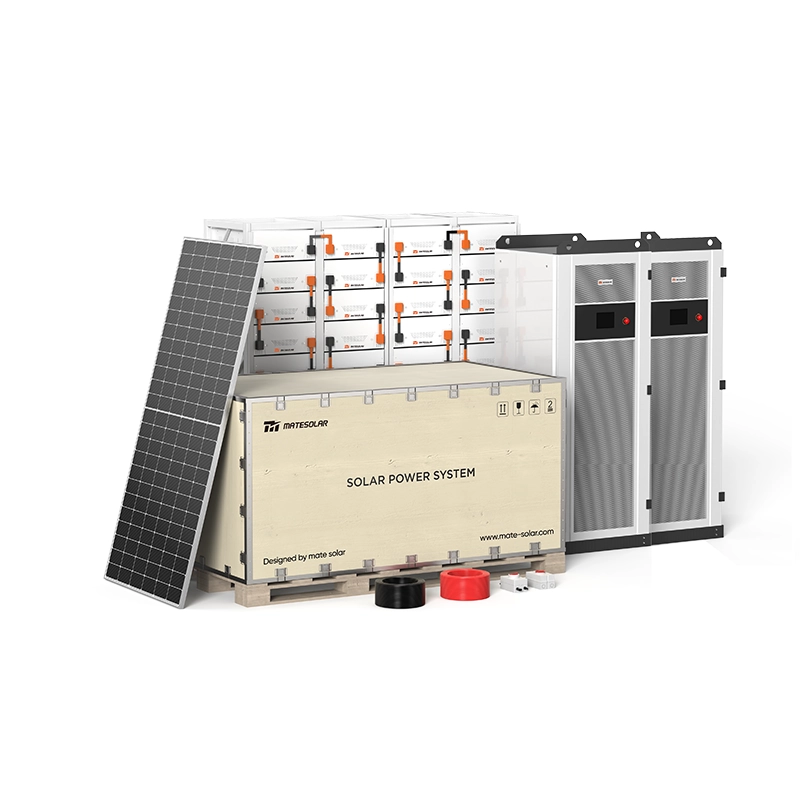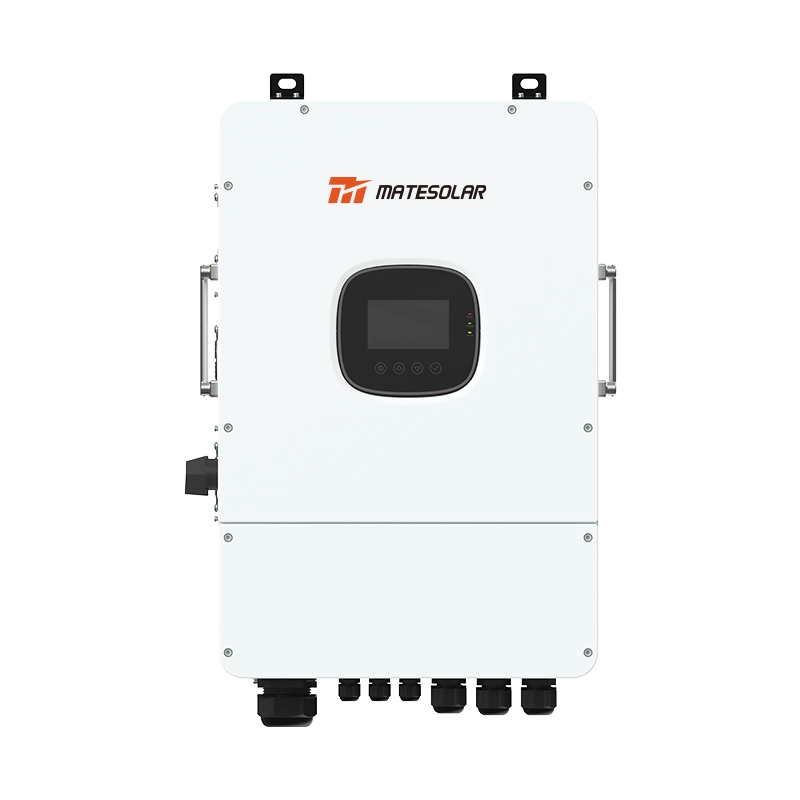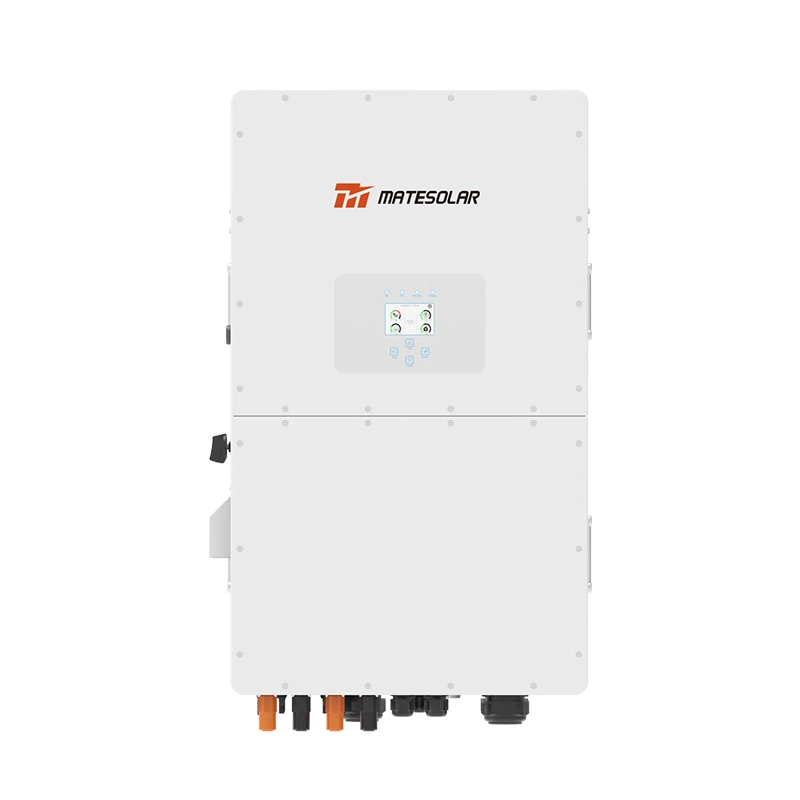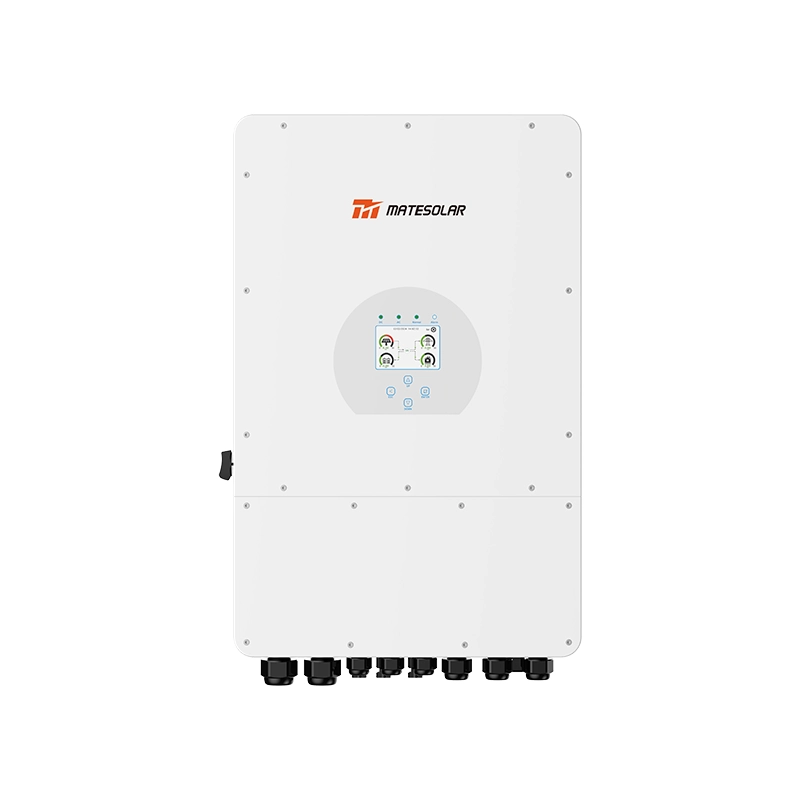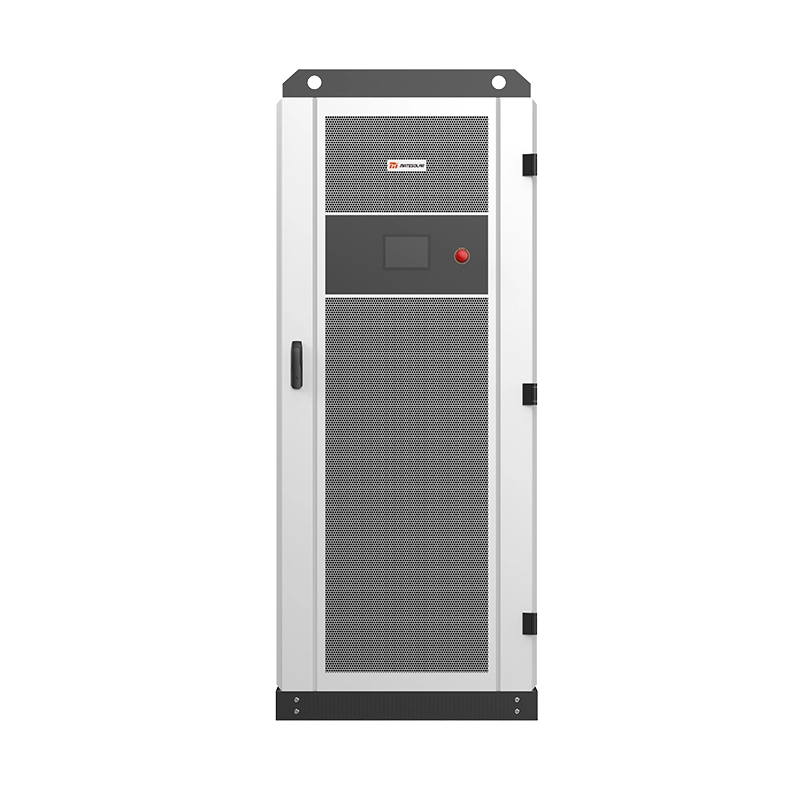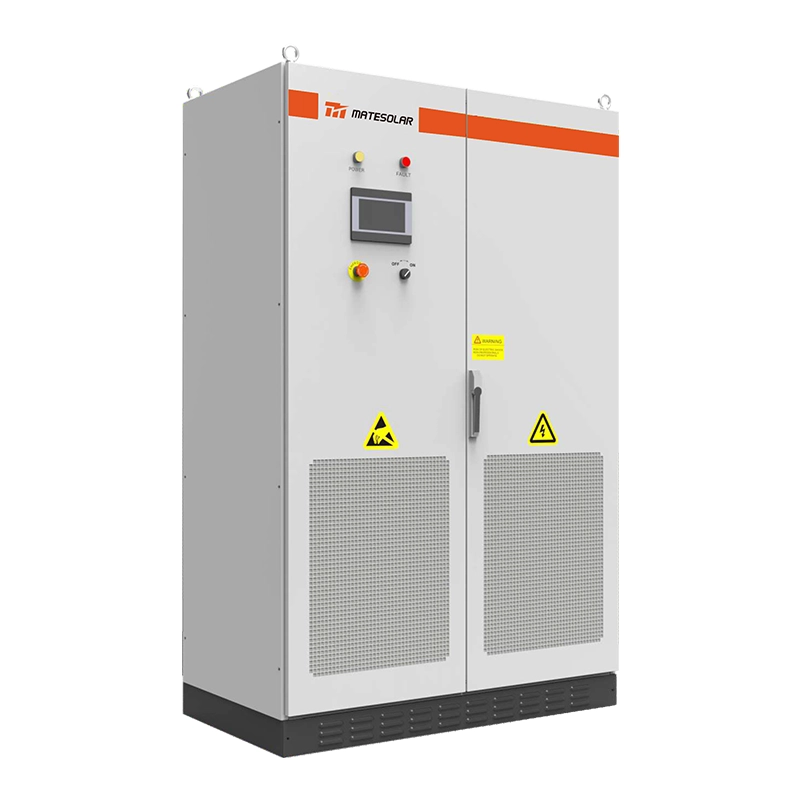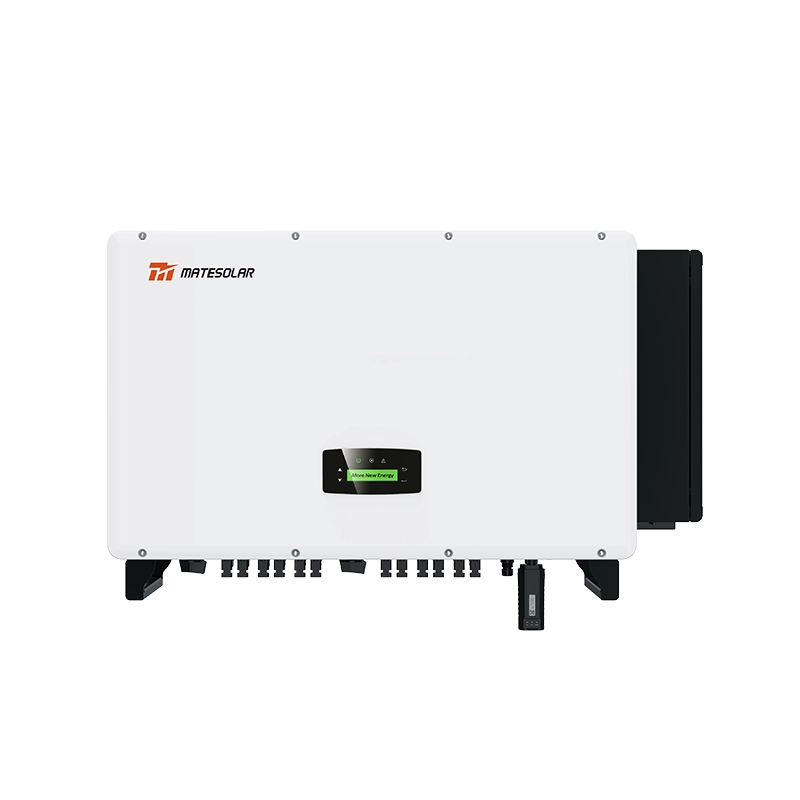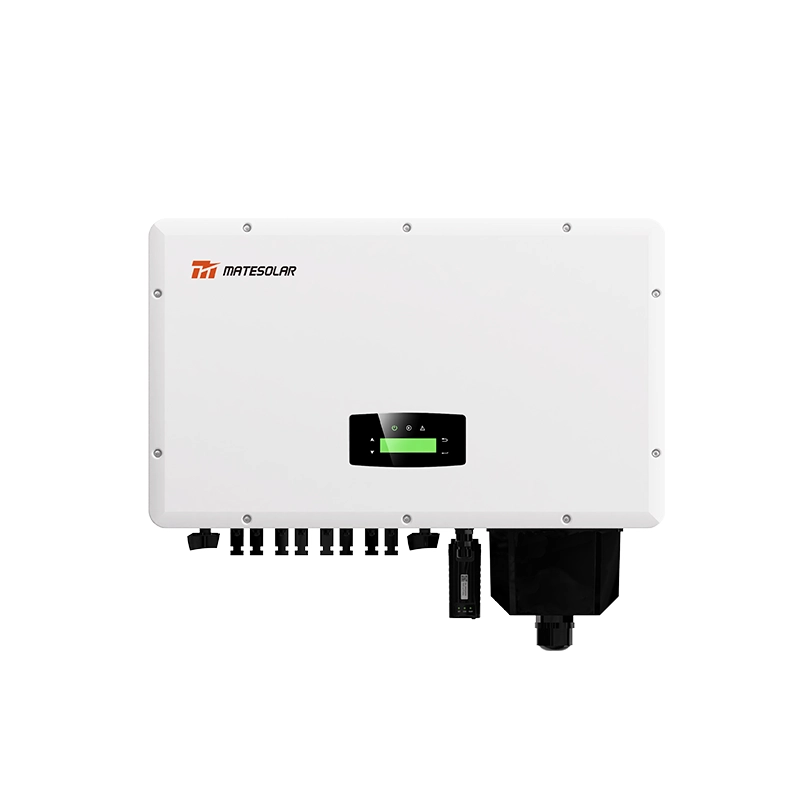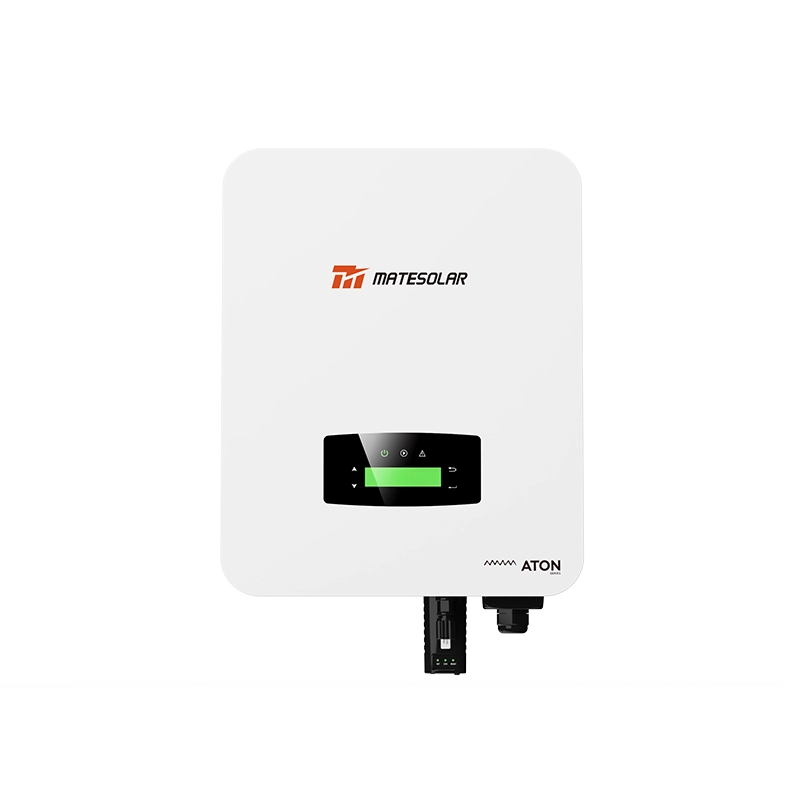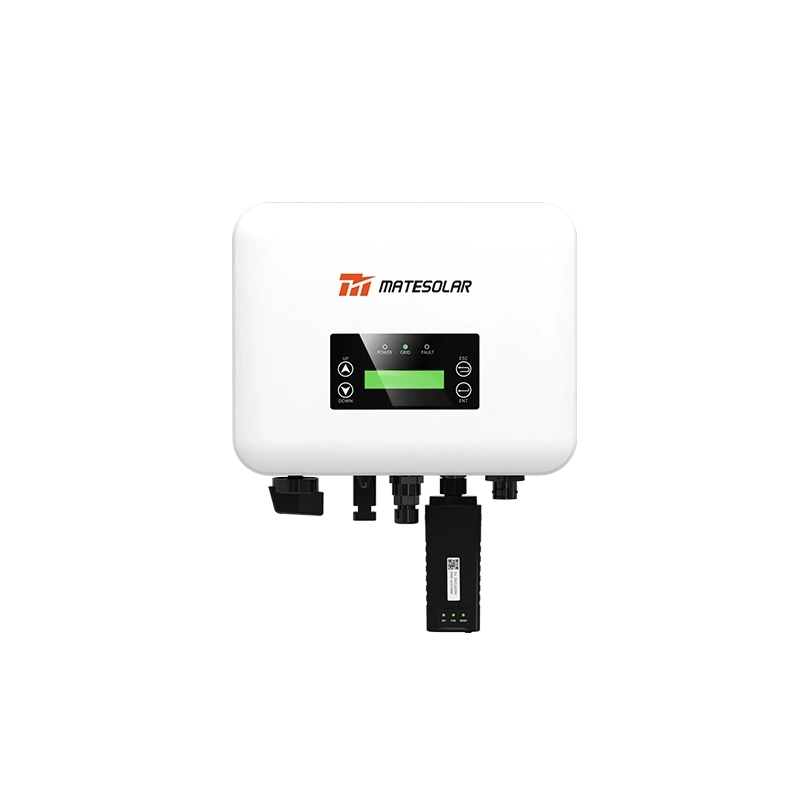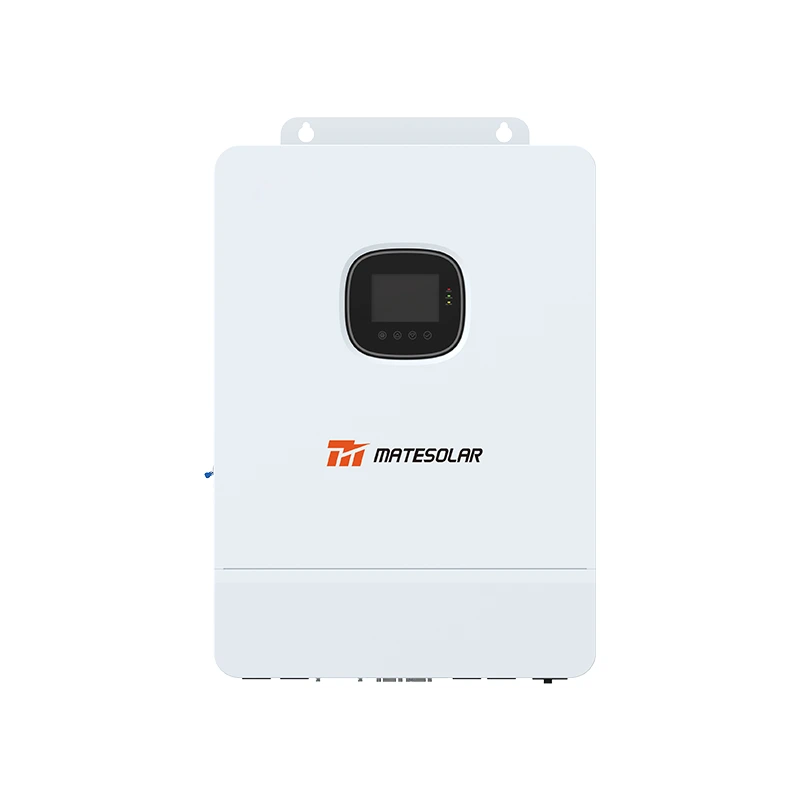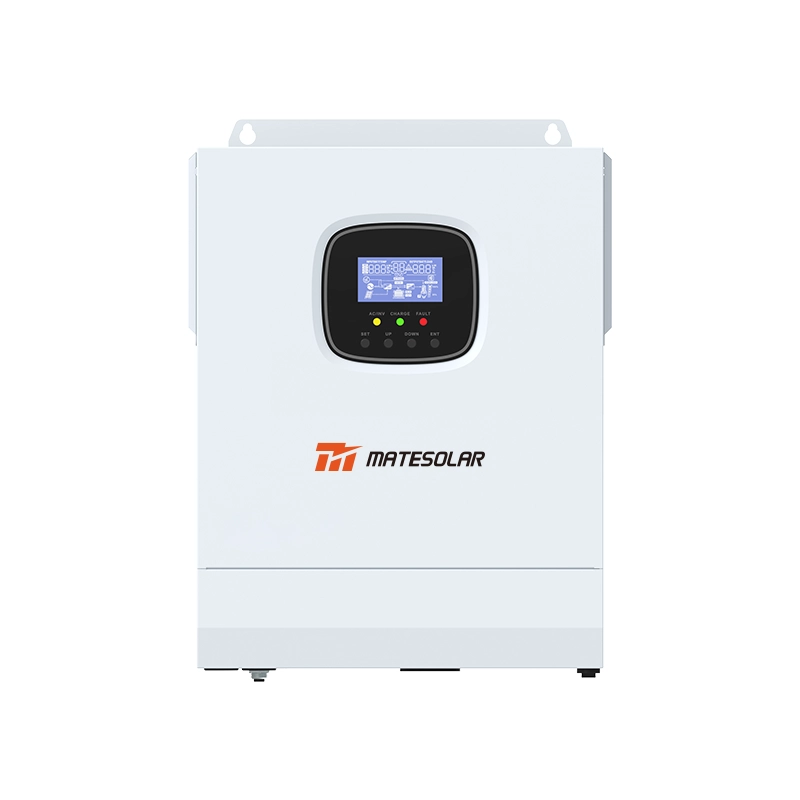
As solar photovoltaic (PV) systems become increasingly integral to global energy solutions, ensuring their optimal performance through regular maintenance is paramount. Mate Solar, a trusted leader in the solar energy industry, is dedicated to empowering users with the knowledge and tools needed to maintain their solar PV systems effectively. This comprehensive guide delves into the essential aspects of solar PV system maintenance, from cleaning and inspections to performance monitoring and professional servicing. By following these best practices, you can maximize the efficiency, lifespan, and return on investment of your solar energy system.
1. The Importance of Regular Cleaning
Solar panels are exposed to the elements year-round, making them susceptible to dust, dirt, pollen, bird droppings, and other debris. Even a thin layer of grime can significantly reduce energy output. Here’s how to keep your panels clean and efficient:
- Frequency of Cleaning:
- General Recommendation: Clean panels at least twice a year.
- High-Dust or Polluted Areas: Increase cleaning frequency to quarterly.
- After Extreme Weather: Inspect and clean panels after storms, heavy snowfall, or dust storms.
- Cleaning Methods:
- Tools: Use a soft brush, squeegee, or sponge with a non-abrasive cleaning solution.
- Water: Use deionized or distilled water to prevent mineral deposits.
- Avoid: Harsh chemicals, high-pressure washers, or abrasive materials that could damage the panel surface.
- Safety Precautions:
- Turn off the system before cleaning to avoid electrical hazards.
- Use a stable ladder or harness if accessing rooftop panels.
- Consider hiring professionals for large or hard-to-reach installations.
Impact of Cleaning on Efficiency:
Studies show that dirty solar panels can lose 5-20% of their efficiency. Regular cleaning can restore this loss, ensuring your system operates at peak performance.
2. Routine Inspections: Identifying and Preventing Issues
Regular inspections are critical to identifying potential problems early and preventing costly repairs. Here’s what to look for during an inspection:
- Panel Surface:
- Check for cracks, scratches, or discoloration.
- Look for signs of delamination or moisture ingress.
- Mounting System:
- Ensure all bolts, brackets, and rails are secure and free from rust or corrosion.
- Verify that panels are properly aligned and not sagging.
- Electrical Components:
- Inspect wiring for wear, fraying, or rodent damage.
- Check connections for corrosion or looseness.
- Examine junction boxes for signs of overheating or water damage.
- Inverter Performance:
- Monitor the inverter’s display for error messages or unusual behavior.
- Ensure the inverter is clean, well-ventilated, and free from obstructions.
Inspection Frequency:
- Monthly: Visual checks for obvious issues like debris or shading.
- Biannually: Detailed inspections of panels, mounts, and wiring.
- Annually: Comprehensive inspection by a certified technician.
3. Performance Monitoring: Leveraging Technology
Modern solar PV systems are equipped with monitoring tools that provide real-time data on energy production and system health. Here’s how to use these tools effectively:
- Key Metrics to Monitor:
- Daily energy production (kWh).
- System efficiency compared to expected output.
- Inverter performance and error logs.
- Shading or obstructions impacting output.
- Monitoring Tools:
- Mate Solar Monitoring App: Track performance remotely and receive alerts for anomalies.
- Energy Management Systems (EMS): Integrate with smart home systems for advanced analytics.
- What to Do If Output Drops:
- Check for shading from new obstructions (e.g., trees or buildings).
- Inspect panels for dirt or damage.
- Review inverter data for faults or inefficiencies.
4. Professional Maintenance: When to Call the Experts
While many maintenance tasks can be performed by system owners, certain aspects require professional expertise. Here’s what professionals can do:
- Thermal Imaging:
- Detect hot spots caused by faulty cells or connections.
- Identify potential fire hazards or energy losses.
- Electrical Testing:
- Measure voltage, current, and resistance to ensure optimal performance.
- Test grounding and insulation resistance for safety.
- Inverter Servicing:
- Verify firmware is up to date.
- Replace worn-out components or upgrade to newer models if necessary.
- Structural Integrity Checks:
- Assess the stability of mounting systems and roof attachments.
- Ensure compliance with local building codes and safety standards.
Recommended Frequency:
- Annual Professional Inspection: Ensures comprehensive system health.
- Biannual Check for Older Systems: Systems over 10 years old may require more frequent servicing.
5. Data and Statistics: The Impact of Maintenance
To underscore the importance of regular maintenance, here are some key statistics:
| Maintenance Activity | Impact on Efficiency | Recommended Frequency | Cost Savings Over 10 Years* |
| Cleaning | 5-20% increase | Biannually | 500−2,000 |
| Routine Inspections | Prevents major faults | Biannually | 1,000−5,000 |
| Professional Servicing | Ensures optimal performance | Annually | 2,000−10,000 |
| Performance Monitoring | Early fault detection | Continuous | 500−3,000 |
*Cost savings based on a 5 kW residential solar PV system with an average energy cost of $0.15/kWh.
6. Seasonal Maintenance Tips
Different seasons bring unique challenges for solar PV systems. Here’s how to adapt your maintenance routine:
- Spring:
- Clean panels to remove winter debris.
- Inspect for damage caused by snow or ice.
- Summer:
- Monitor for overheating or reduced efficiency due to high temperatures.
- Ensure proper ventilation around the inverter.
- Fall:
- Clear leaves and debris from panels and mounting systems.
- Check for shading from overgrown trees.
- Winter:
- Remove snow buildup to restore energy production.
- Inspect for ice damage or water ingress.
Conclusion: Protect Your Investment with Mate Solar
A well-maintained solar PV system not only maximizes energy production but also extends the lifespan of your investment. By following this detailed maintenance guide, you can ensure your system operates efficiently for decades. Mate Solar is here to support you every step of the way, from providing expert advice to offering professional maintenance services.
For more information or to schedule a maintenance check, visit Mate Solar’s website or contact our team of certified technicians. Together, let’s harness the power of the sun responsibly and sustainably.





